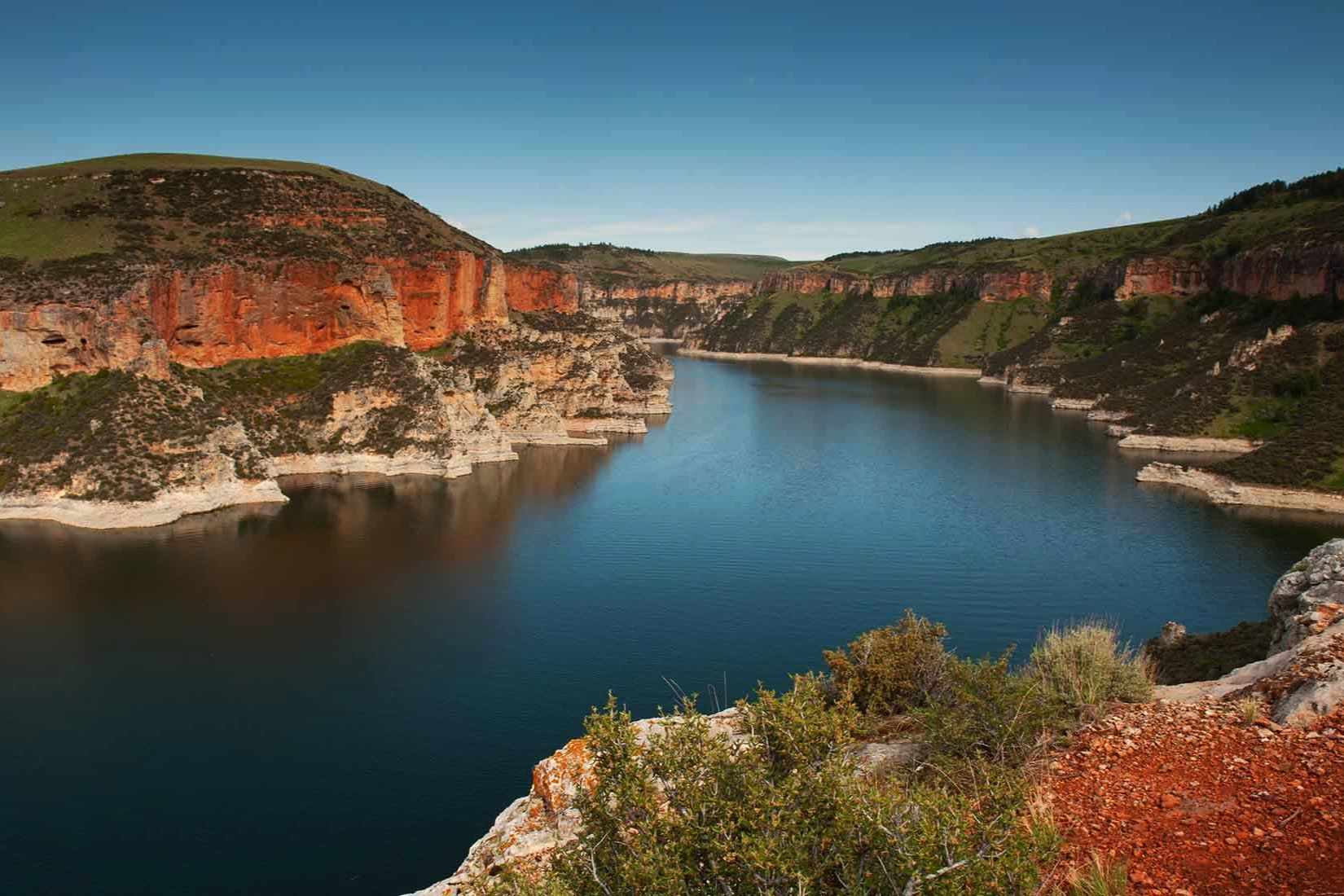Lost Trading Posts Of Montana’s Big Horn

Have you ever thought about the lost trading posts of Montana's Big Horn? These places were once bustling hubs of activity, where traders, Native Americans, and settlers exchanged goods and stories. Today, they stand as silent witnesses to a bygone era, hidden among the vast landscapes of Montana. Exploring these forgotten sites offers a unique glimpse into the past, revealing tales of adventure, survival, and cultural exchange. Imagine walking through the remnants of these trading posts, feeling the echoes of history beneath your feet. Whether you're a history buff or just curious about the past, these sites offer a fascinating journey into the heart of Montana's rich heritage. Grab your map, lace up your boots, and get ready to uncover the secrets of these lost trading posts.
Discovering the Lost Trading Posts of Montana's Big Horn
Montana's Big Horn region is a treasure chest of history, filled with stories of traders, Native Americans, and pioneers. These trading posts were once bustling hubs of commerce and culture. Today, they stand as silent witnesses to a bygone era. Let's take a journey through time and explore these fascinating places.
1. Fort C.F. Smith
Fort C.F. Smith was established in 1866 to protect travelers along the Bozeman Trail. This fort was a key player during the Red Cloud's War, a conflict between the U.S. Army and the Lakota, Northern Cheyenne, and Northern Arapaho tribes. Though the fort was abandoned in 1868, its remnants still whisper tales of bravery and conflict.
2. Fort Sarpy
Fort Sarpy was a bustling trading post in the mid-1800s, operated by the American Fur Company. Located near the confluence of the Big Horn and Yellowstone Rivers, it was a vital link in the fur trade network. Though little remains today, the site offers a glimpse into the life of trappers and traders who once called it home.
3. Fort Parker
Fort Parker, established in 1869, was the first Crow Indian Agency. It served as a center for trade and diplomacy between the Crow Nation and the U.S. government. Although the fort was relocated in 1875, the original site remains a testament to the complex relationships between Native Americans and settlers.
4. Fort Custer
Built in 1877, Fort Custer was named after the infamous General George Armstrong Custer. This military post was intended to protect settlers and maintain peace with the Crow Nation. While the fort was decommissioned in 1898, its location near the Little Bighorn Battlefield makes it a significant historical site.
5. Fort Smith
Fort Smith, established in 1863, was a key trading post during the Montana Gold Rush. It provided supplies and protection for miners and settlers heading to the gold fields. Although the fort was short-lived, its impact on the region's development was profound.
6. Fort Owen
Fort Owen, located in the Bitterroot Valley, was originally a Catholic mission before becoming a trading post in the 1850s. It played a crucial role in the region's early settlement and trade. Today, the site is preserved as a state park, offering visitors a chance to step back in time and experience Montana's early history.
7. Fort Benton
Fort Benton, known as the "Birthplace of Montana," was a major trading post on the Missouri River. Established in 1846, it became a hub for steamboat traffic and trade with Native American tribes. The fort's historic district is now a National Historic Landmark, preserving its rich history for future generations.
Discovering Montana's Hidden History
Montana's Big Horn region holds tales of lost trading posts that once thrived. These posts were vital for trade between Native American tribes and settlers, exchanging goods like furs, tools, and food. Exploring these sites offers a glimpse into the past, revealing stories of cooperation and conflict. While many posts have vanished, their impact on local culture and economy remains. Visiting these historical spots, like Fort C.F. Smith or Fort Sarpy, provides a unique opportunity to connect with history. The landscape, with its rugged beauty, adds to the experience, making it a memorable journey. Whether you're a history buff or just curious, Montana's trading posts offer a fascinating look at a bygone era. So, next time you're in the area, take a moment to appreciate the rich history that shaped this part of the world.

